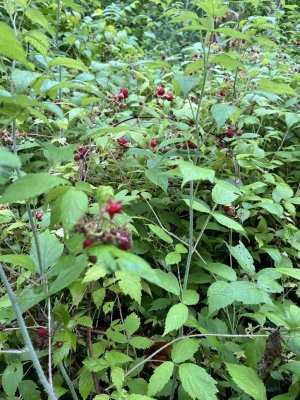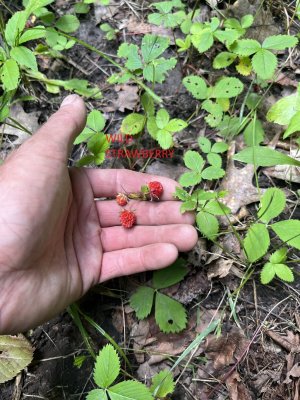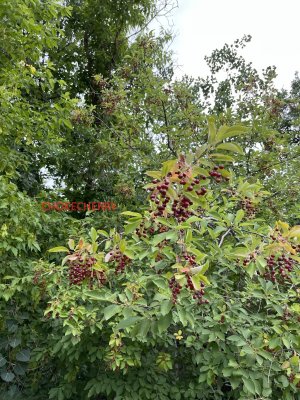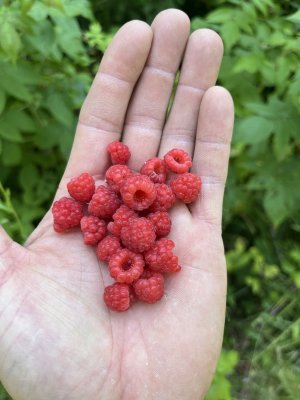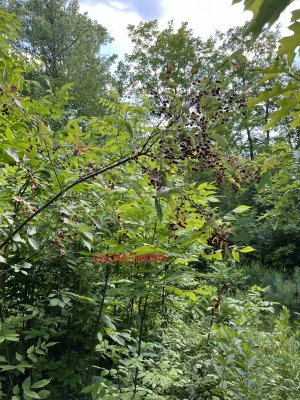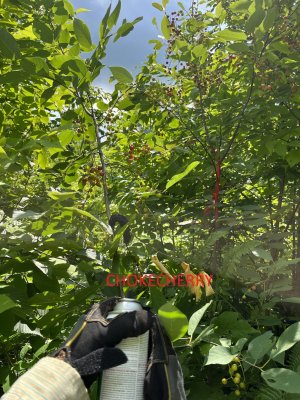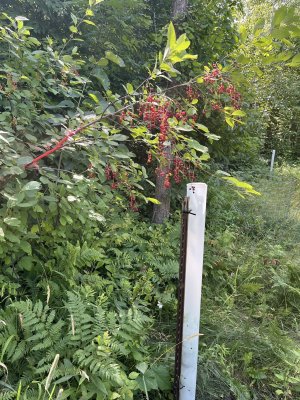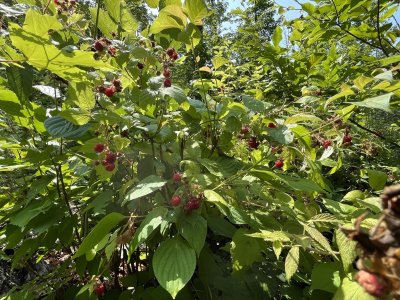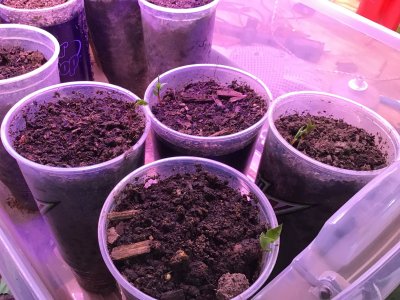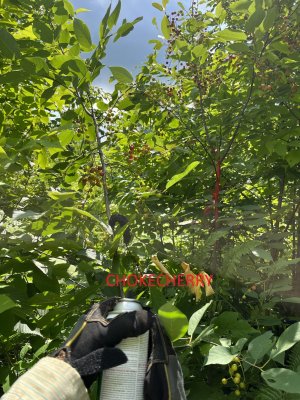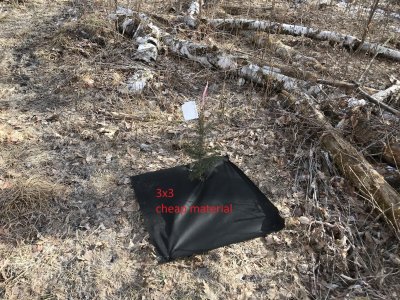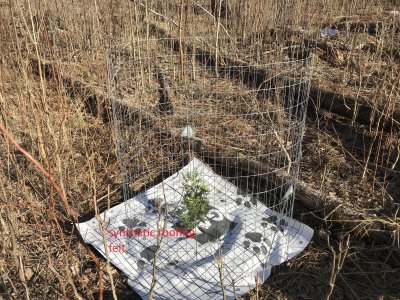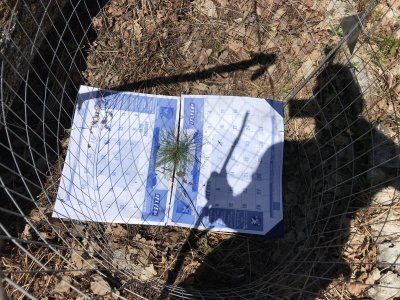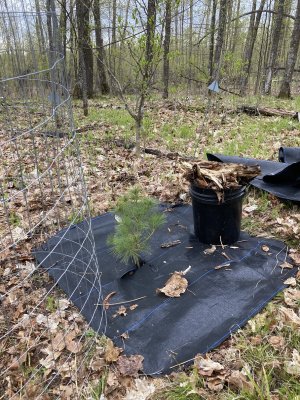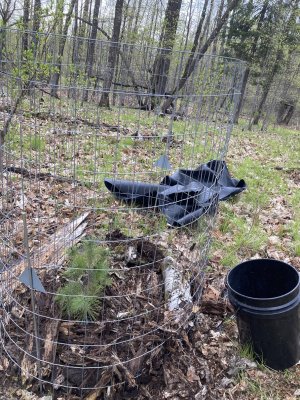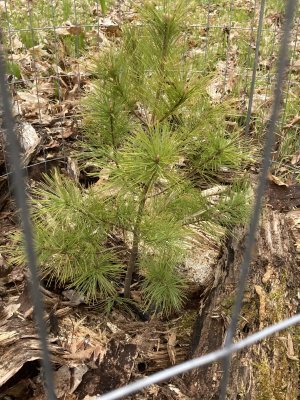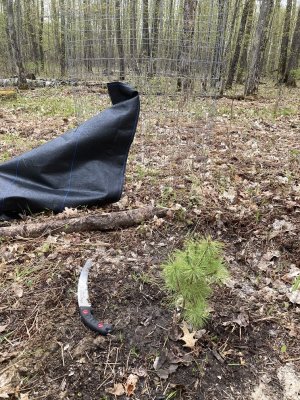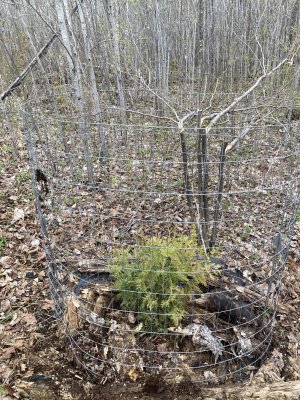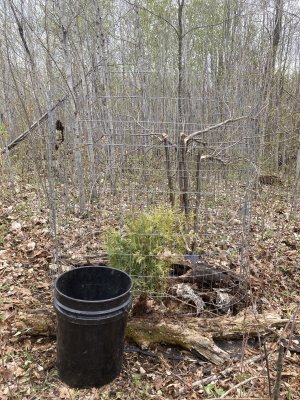Telemark
5 year old buck +
I do.
It's the soil food web work done by Elaine Ingham. She's got one presentation that will get you 90% of the way. If you don't wanna watch the whole thing, just watch from 1:04:20 and stick it out for about three minutes. You'll get the cliff notes of the idea.
Interesting. I take issue with her description of where wild strawberries grow. I've never seen them in the understory of an established forest. I've only seen them growing along gravel roads in full sun.
But I like what she said about helping rice farmers in Southeast Asia increase yields with soil biology. I am currently in Southeast Asia trying to convince chili farmers to use a new type of organic farming to increase yields, and soil biology was the main topic of the discussion. I'm back in HCMC for the holidays, but after Tet we will be back out to Dong Nai province to prepare a test field. The land is extremely poor, so it's a real stress test. It's bone dry now with a water table below ten meters, and it literally floods in the rainy season. I'll watch that whole video when I get a chance. I think she might have some good information I could use. It would be very helpful to know how she was able to change the soil biology after a field has been inundated. Currently the farmers who grow on this plot lose about half their plants, probably to disease due to the abysmal health of the soil.

